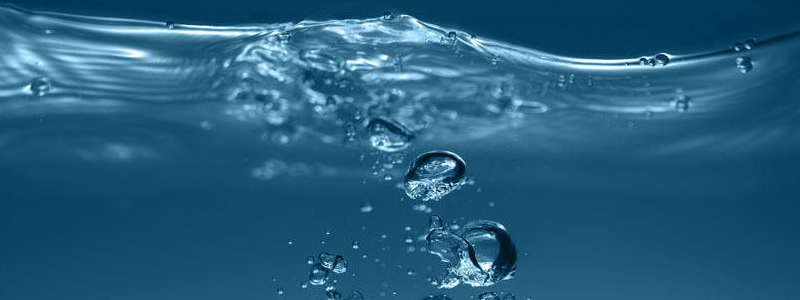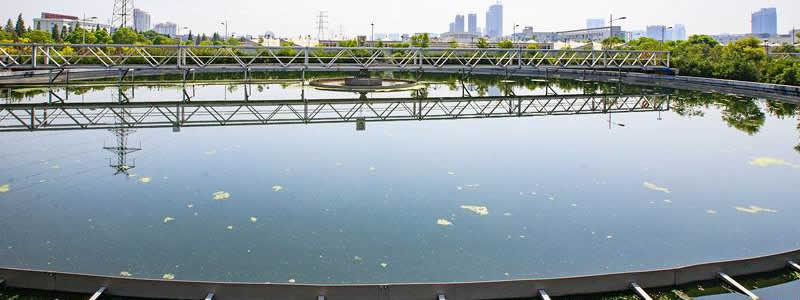
The classifications of PAC Coagulant
Poly Aluminium Chloride (PAC) is a salt commonly used in water purification and as a coagulant. Compared to other aluminum salts, it’s best suited for removing and destabilizing suspended materials- thanks to its high charge.
Polyaluminum Chloride is well-suited as a primary coagulant in a wide variety of industrial and domestic wastewater treatment plans. Efficient and effective in coagulating particles at a wide range of pH, the chemical leaves no residual color and offers very good turbidity removal.
Based on morphology, poly aluminum chloride can be divided into liquid poly aluminum chloride and solid poly aluminum chloride.
Liquid poly aluminum chloride. Undried form, there is no dilution, handling and easy to use, relatively cheap advantages, disadvantages are transportation needs tankers, unit transportation cost increases.
Solid PAC. Dried form, has the advantages of easy transportation, no tankers, the disadvantage is also needed to use dilution, increased work intensity.
According to the crafts of poly aluminum chloride, it can be divided into the following three categories:
Drum-type poly aluminum chloride(PAC). Aluminum content in general, water insoluble high, used for wastewater treatment.
Frame type poly aluminum chloride(PAC). Aluminum content is high, water insoluble low for wastewater treatment and drinking treatment.
Spray drying PAC. High aluminum content, low water-insoluble, dissolution speed. Higher standards for drinking water and water treatment.
For more information or Inquiry about this product, please contact us:
TIAN@CHEM.NET
We are the professional manufacturer and direct supplier in the region, we'd like to satisfy customers' requirements with our Good Quality, Fast Delivery and In-time services.
 Previous
Previous  Next
Next Get answers and advice from people you want it from.